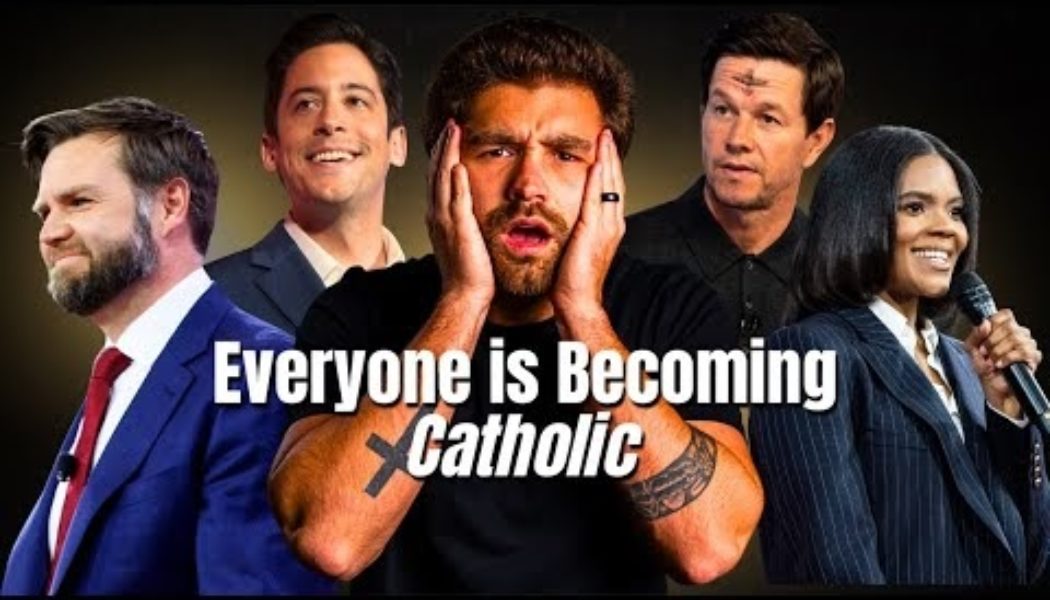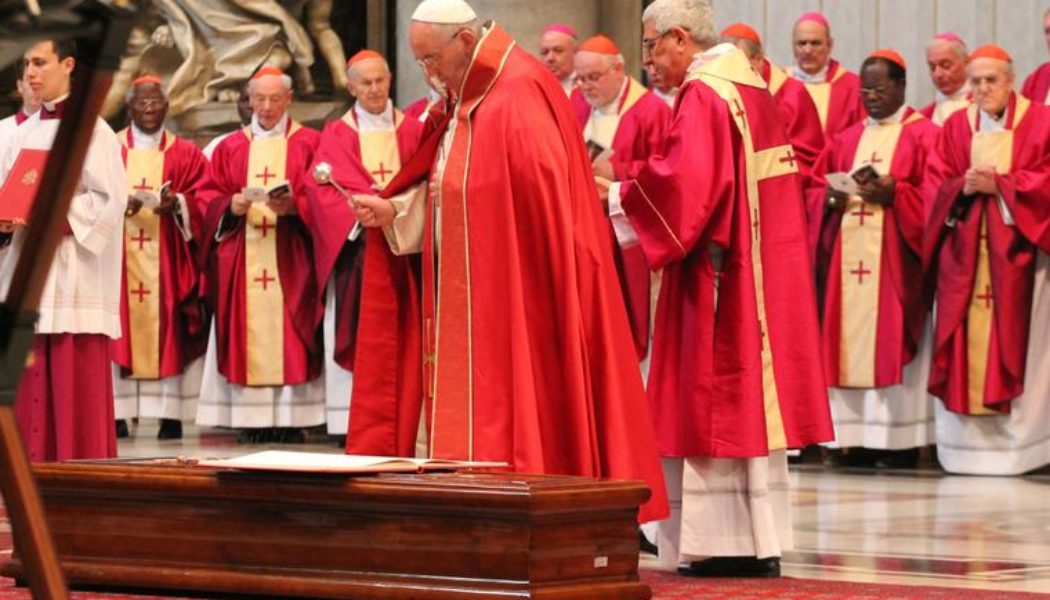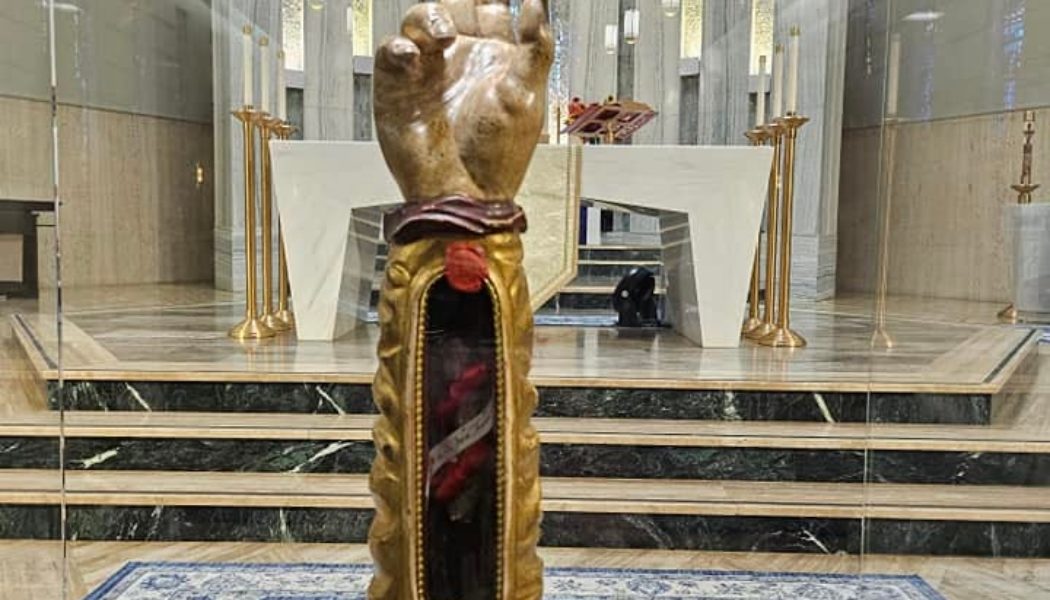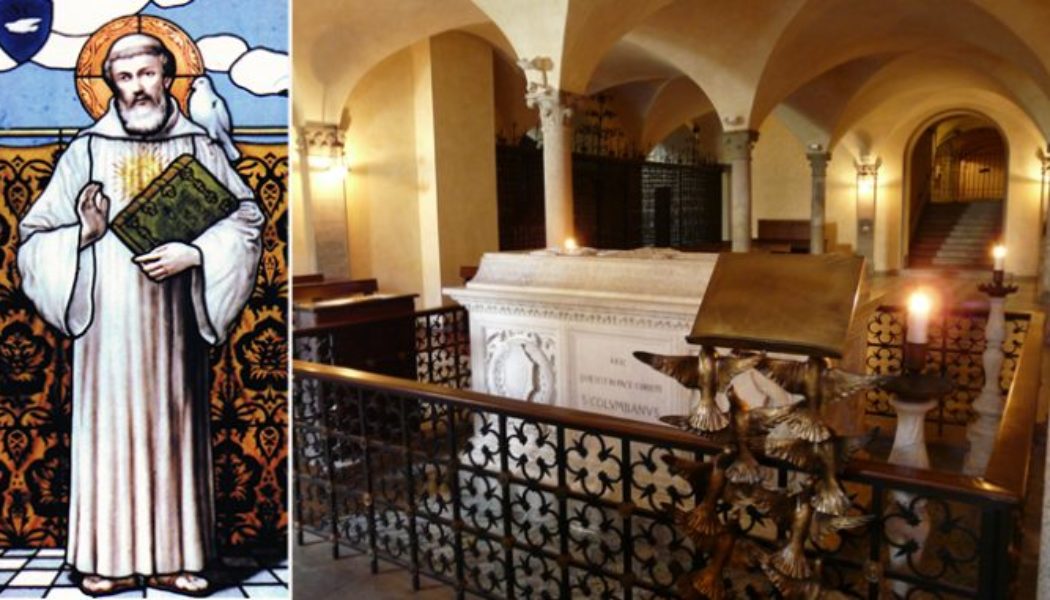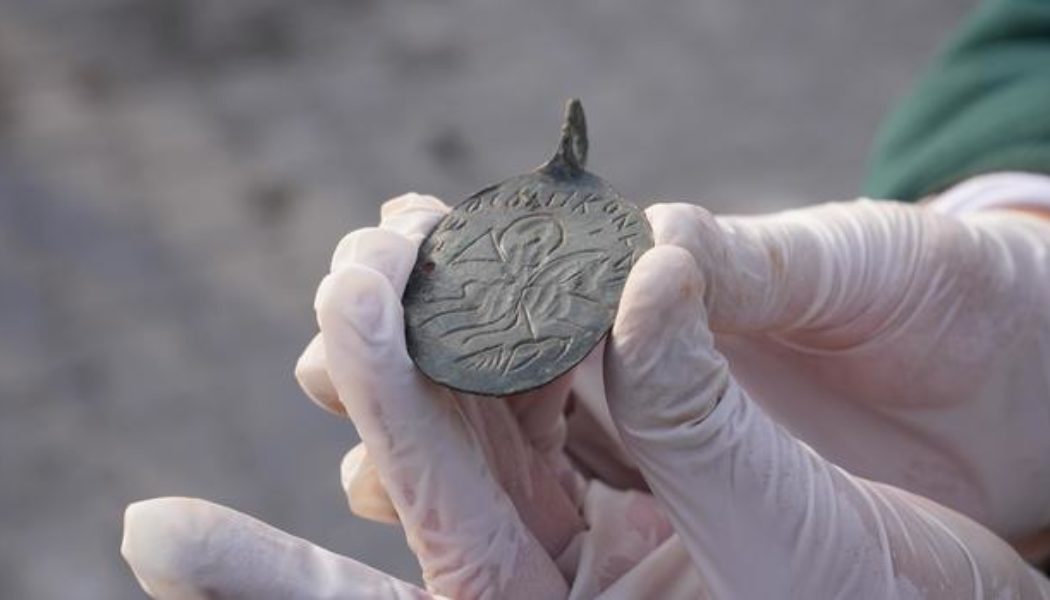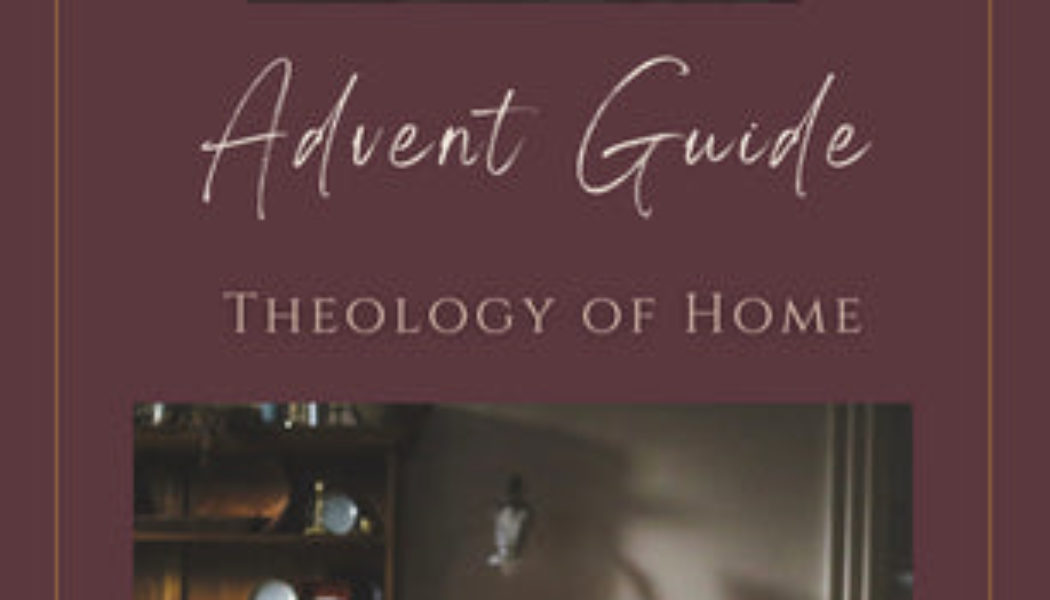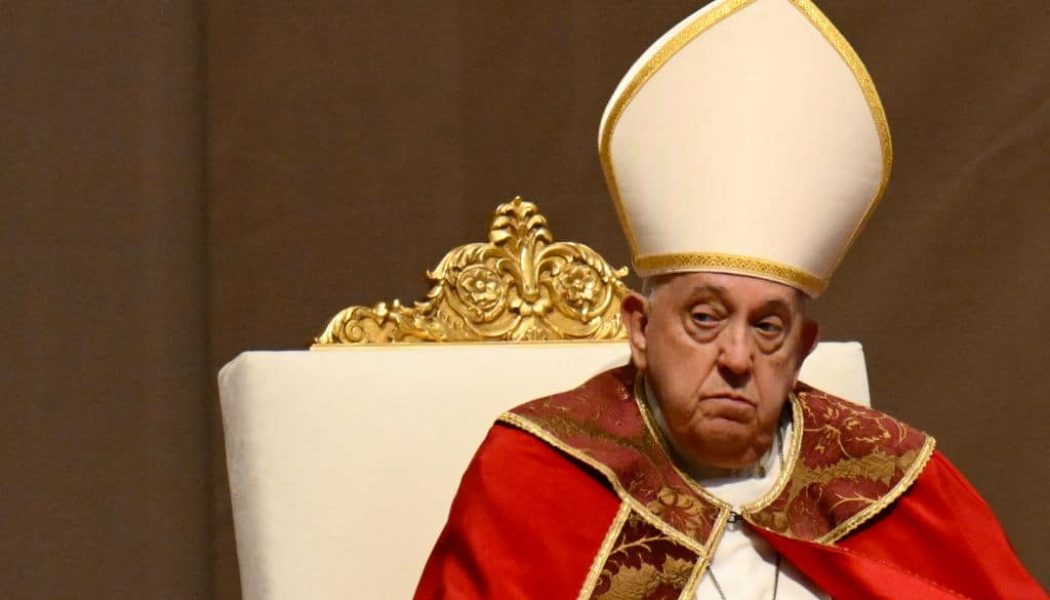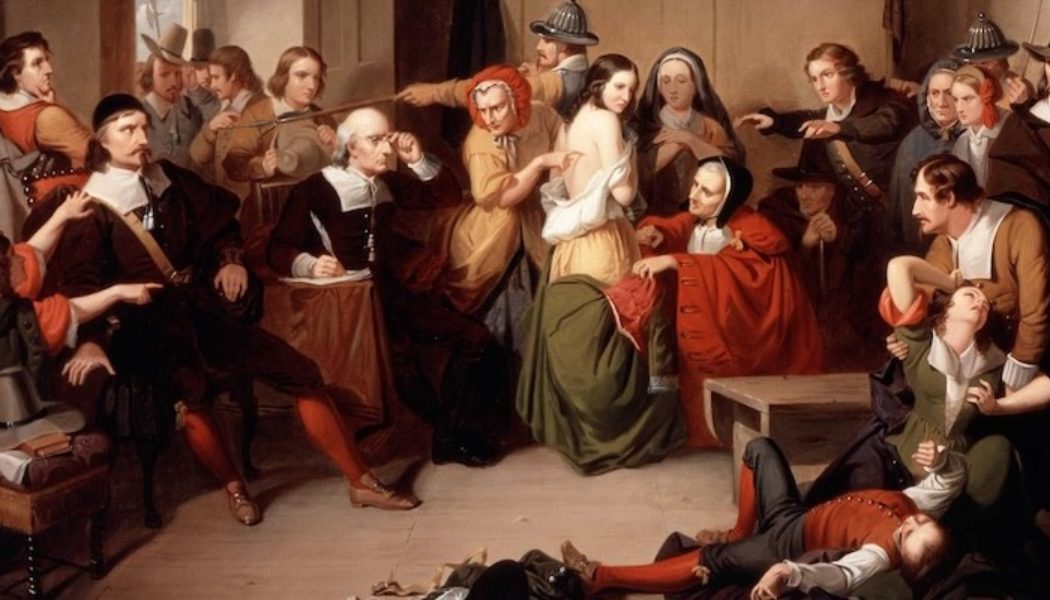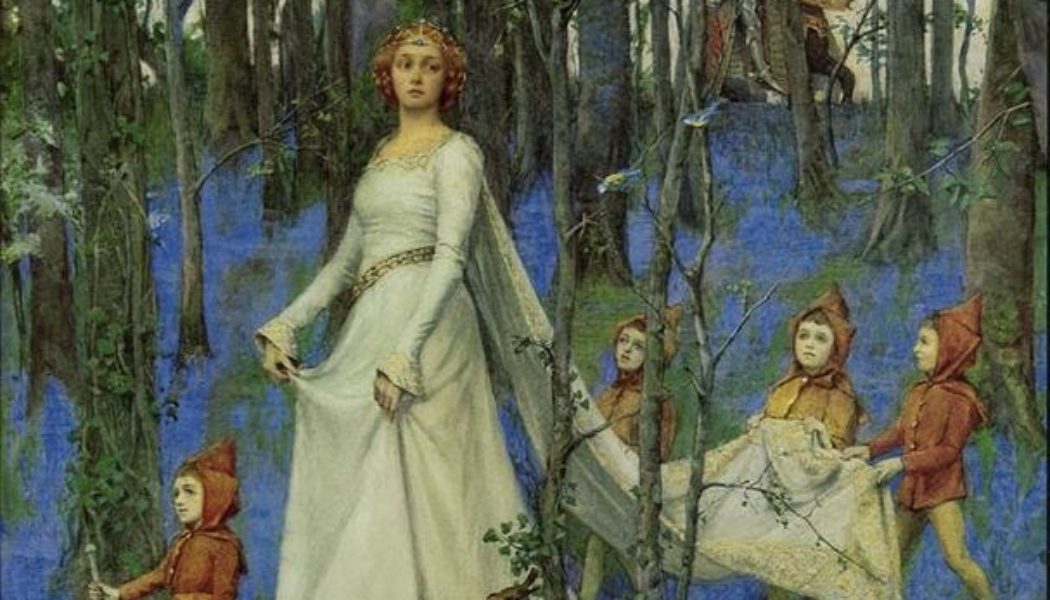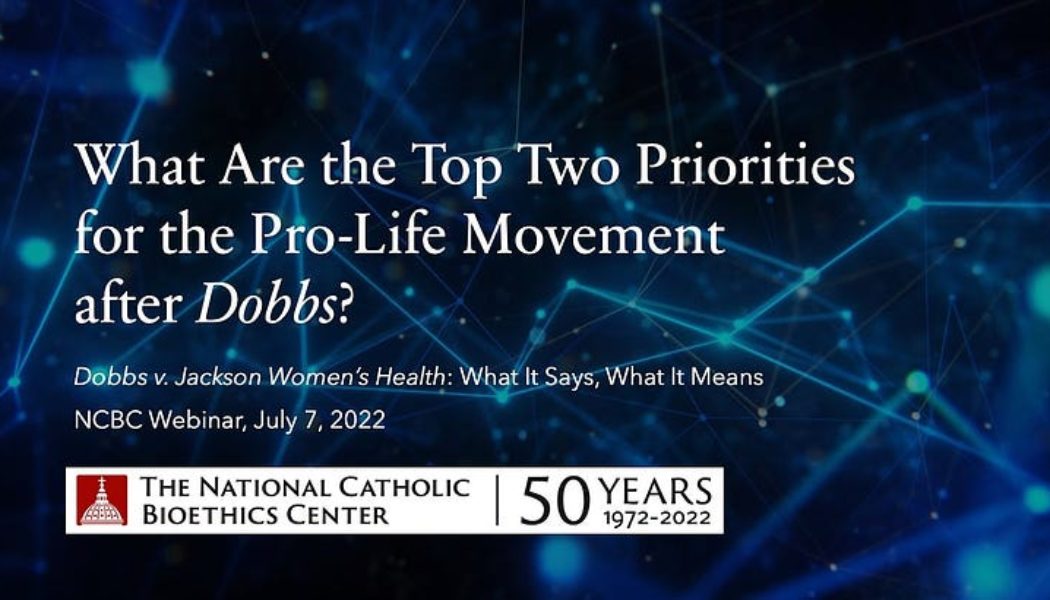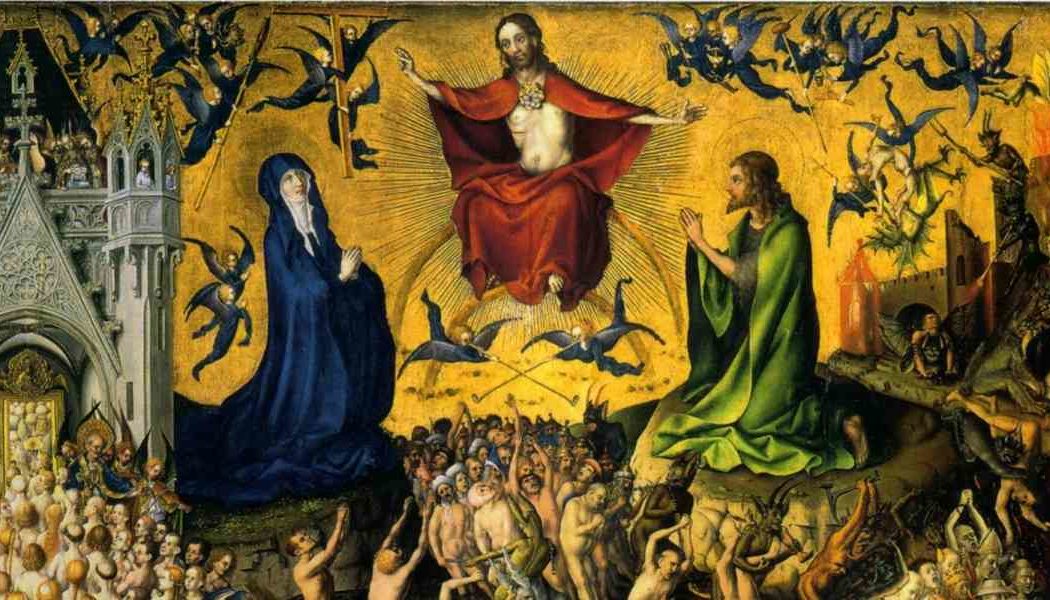Left
YouTuber Dillon Baker: ‘Is the Protestant Church Dying?’…
[embedded content] A look at trends in Evangelical megachurch culture and the Catholic Church Services Marketplace – Listings, Bookings & Reviews Entertainment blogs & Forums
What Do the Revisions to the Papal Funeral Rites Signify?
ANALYSIS: The revisions reflect Francis’ desire to simplify the rites and, in some instances, to dispense with centuries-old traditions whose ancient roots had become difficult even for Vatican experts to decipher. Pope Francis, who turns 88 on Dec. 17, now knows exactly what his eventual funeral will be like. The specific details are laid out in the second edition of the Ordo Exsequiarum Romani Pontificis, which was produced by the Office for the Liturgical Celebrations of the Supreme Pontiff and released to the public on Nov. 19. Pope Francis, who approved the revised rites in April, received the first copy of the printed volume on Nov. 4, according to Vatican News. The revisions reflect Francis’ desire to simplify the rites and, in some instances, to dispense with cent...
Lawyers for St. Jude Relic Tour’s Father Carlos Martins Respond to Allegation of ‘Incident’ in Illinois…
Relic priest responds to ‘incident’ allegation Skip to content Lawyers for a priest accused of an “incident” which halted a nationwide relic tour say that Fr. Carlos Martins touched a student’s hair last week to build “rapport,” and that Illinois police are investigating the matter only at the insistence of an “outraged father.” A spokesperson for the Diocese of Joliet told The Pillar Monday that Martins’ attorneys gave an “incomplete” account of a Nov. 21 incident at Queen of Apostles Parish in Joliet, Illinois, adding that the diocese regarded the allegation as a matter of potential “boundary issues,” but “not sexual misconduct.” A relic of St. Jude on display at Queen of Apostles parish in Joliet, Illinois. Courtesy photo. Martins’ attorneys contacted The Pillar after a Quee...
St. Columbanus and the end of life…
The Saint Columbanus Window in the crypt at the Abbey of Bobbio. (Image: Trebbia / Wikipedia); right: The remains of St. Columbanus in the Bobbio Abbey crypt. (Image: Davide Papalini / Wikipedia) For Catholics, November is effectively the year’s end and a reminder of our own end. The Church year is one in which we process through a celebration of the mysteries of Christ’s Incarnation. That is why, for many centuries, Catholic countries celebrated their civil New Year on the Annunciation in March. That is why we begin the liturgical year with the period of waiting for the birth of the Christ, the Son of the Living God at Christmas. In 2024, November is precisely the end of the year. December 1 is the first day of Advent. Thus, November is the perfect time to do what the ancients called ...
5th-Century Amulet Depicting Biblical Figure King Solomon Spearing the Devil Discovered in Turkey…
Archaeologists in Turkey say they have discovered an ancient amulet depicting a Biblical figure in a battle against the devil. The rare artifact was found during an ongoing excavation project in Hadrianopolis, an ancient city near Karabük, and dated to the fifth century. Hadrianopolis was used as a settlement during various periods of history, including during the Roman and Byzantine empires. Excavation and restoration work has been taking place there since 2003, with over a dozen buildings discovered and multiple massive mosaics found over the years. The pendant, made of bronze, shows King Solomon, according to a news release issued by Turkey’s Karabük University. The ancient ruler is seen riding a horse and holding a spear while defeating the devil, according...
Theology of Home Advent Guide…
We are delighted to gift to you our beautiful new Advent booklet full of everything from personal stories for the season, a wreath-making tutorial, an Advent recipe, the O Antiphons, and so much more! We have already heard from one reader: “I have never experienced such a wonderful, virtual magazine format, and will enjoy trying some of your ideas and reflecting on the beautiful stories and quotes.” There are also two Advent playlists included, adding another sensory way to prepare for the Christmas season! Services Marketplace – Listings, Bookings & Reviews Entertainment blogs & Forums
2 Italian Priests Sanctioned for Decrying Pope Francis as an ‘Anti-Pope’…
Areas of Catholic Herald business are still recovering post-pandemic. However, we are reaching out to the Catholic community and readership, that has been so loyal to the Catholic Herald. Please join us on our 135 year mission by supporting us. We are raising £250,000 to safeguard the Herald as a world-leading voice in Catholic journalism and teaching. We have been a bold and influential voice in the church since 1888, standing up for traditional Catholic culture and values. Please consider donating. Services Marketplace – Listings, Bookings & Reviews Entertainment blogs & Forums
Woke Ideology Is Not Dead and Buried…
I spent the evening after November 5 on YouTube. The site was full of time-compressed videos that tracked news media icons and Hollywood celebrities as election night wore on. The clips were mesmerizing. It was like watching a Carnival Cruise ship gradually sink. Passengers went from champagne to life jackets in just six hours. Jimmy Kimmel, Rachel Maddow, the always unpleasant Joy Reid, and so many others found themselves trapped in a Greek tragedy, with the bill for their jumbo helping of hubris suddenly due. How did it happen? The reasons, as the emotionally battered luminaries said, were legion: misogyny, racism, and transphobia from America’s uneducated, sex-reactionary masses. And the pain was made even worse by bitter treason on the part of Latinos, blacks, and women. Ov...
NYC priest who allowed Sabrina Carpenter to shoot a music video in church stripped of duties…
NEW YORK – There’s more fallout for a Brooklyn pastor who allowed pop star Sabrina Carpenter to film a music video inside his church. Monsignor Jamie Gigantiello has been stripped of his duties at the Annunciation of the Blessed Virgin Mary Church in Williamsburg. Church officials said they were appalled he permitted Carpenter to film the provocative video last year for her hit song “Feather.” The Diocese says an investigation revealed instances of mismanagement, including unauthorized financial transfers to a former aide in the Adams administration, which is now the subject of a corruption probe. “Evidence of serious violations” “I am saddened to share that investigations conducted by Alvarez & Marsal and Sullivan...
What Is It Like to Be Enchanted?
Nowadays more and more people, Christians and non-Christians alike, are pondering the themes of enchantment and disenchantment. (I haven’t read it yet, but this is the theme of Rod Dreher’s newly released book, Living with Wonder.) Many lament the loss of an enchanted world, the pre-modern world in which people experienced themselves to be caught up in a spiritual drama, a world where people perceived the presence of spiritual realities around them, in which there was no sharp break between the spiritual and the physical. Many people long for a world in which gods and fairies, elves and demons were directly experienced, a world in which blessings and curses, magic and sacraments were not just believed in but perceived to work. Instead, we now have a disenchanted world, a secular world in w...
What’s ahead for pro-lifers with Trump 2.0?
Soon after becoming president, Democrat Jimmy Carter signed the Hyde Amendment into law — barring the use of federal funds for abortions, except in cases of rape or incest, or when the life of the mother is at stake. When the Joe Biden-Kamala Harris administration attempted to kill the Hyde Amendment, a small — but symbolic — group of Democrats appealed to the elderly Carter for help. “We are asking President Jimmy Carter (who signed Hyde into law) to please help us in saving it. We are so grateful for your humanitarian work and for everything you did for women and families in office,” said a tweet posted Monday, March 22, by Democrats for Life of America (DFLA). “America needs you again, Mr. President. Help us save Hyde,” the group added. Battles over the Hyd...
This Sunday, Jesus is revealing the end game of Christianity…
There are 33 years in Jesus’ life and 33 weeks in Ordinary Time in the Church. Soon we will celebrate the Feast of Christ the King, and then the cycle starts over with Advent. But first comes the Thirty-Third Sunday in Ordinary Time, Year B, the dramatic end of the liturgical year. The Gospel for the day is dire, insisting that the end really is coming, and we should be ready for it. Here are takeaways from the readings from previous This Sunday columns. First: Jesus is revealing the end game of Christianity. In the Gospel Jesus speaks about a tribulation, after which “the sun will be darkened, and the moon will not give its light, and the stars will be falling from the sky, and the powers in the heavens will be shaken.” But then “the Son of Man” will come “in the clouds with great power a...
